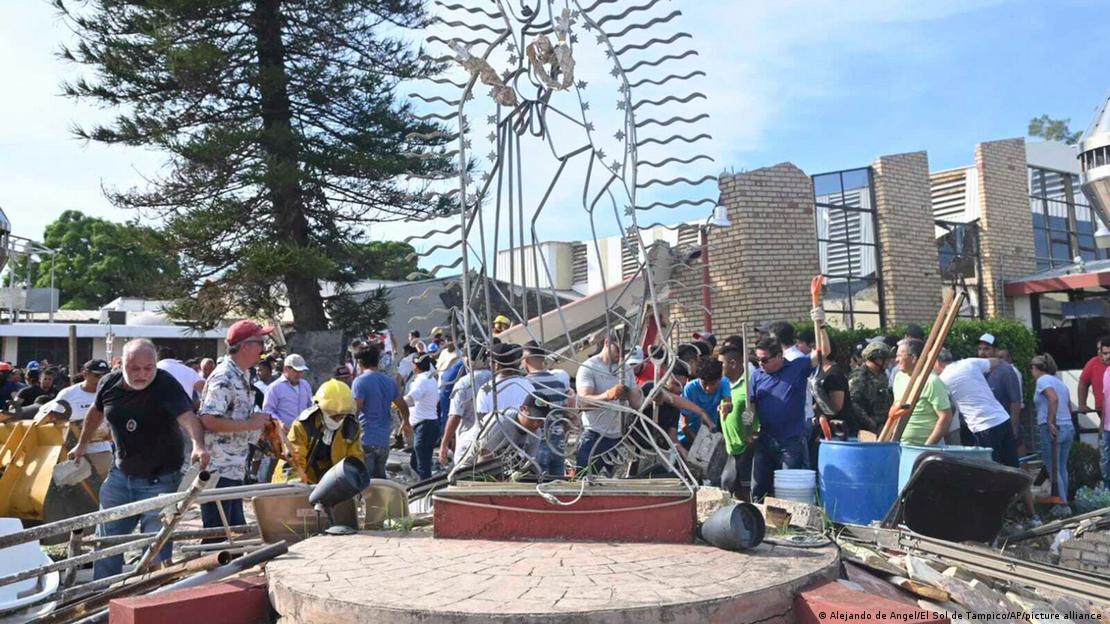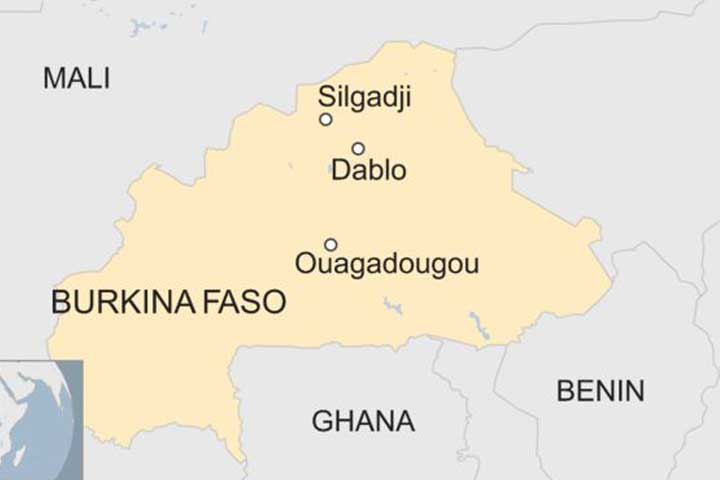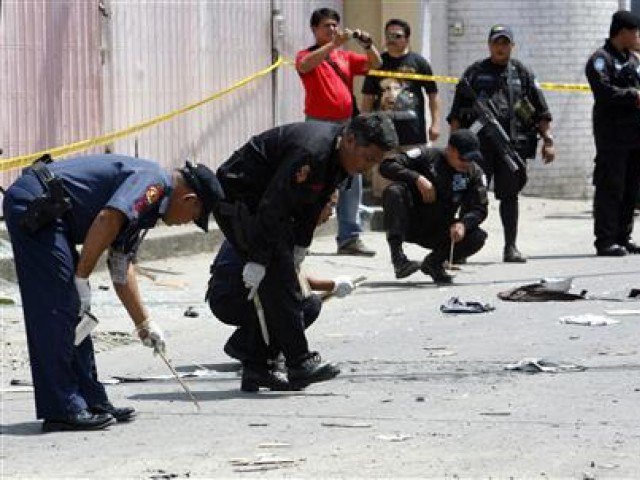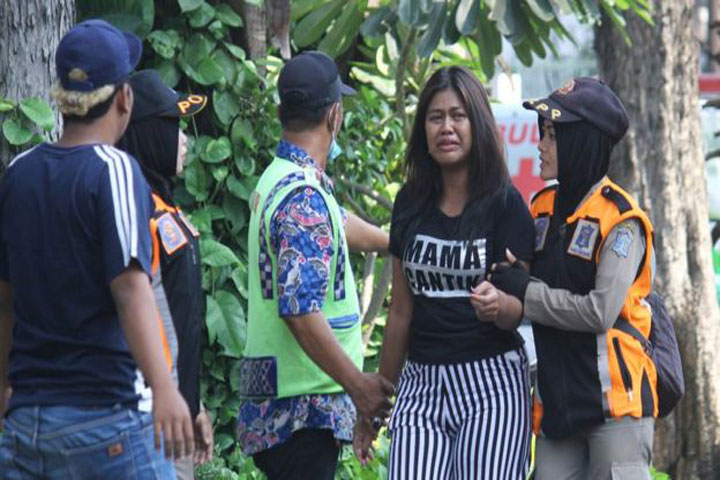Benedict XVI shocked the Catholic Church
He changed the role of the pope in order to preserve it. Now, Benedict XVI, the first German pope in almost 500 years, has died at the age of 95.
Joseph Aloisius Ratzinger, who died on Saturday, was the first German pope in almost 500 years. His resignation on February 28, 2013, made history. During his almost eight years as pontiff, he always stressed the need for reason and spirituality, as well as the importance of the Catholic Church in an enlightened modern world.
A German pope was a big deal. Ratzinger's appointment came just 60 years after the end of World War II and the genocide of Europe's Jews at the hands of the Nazis. Moreover, it was German theologian Martin Luther who catalyzed the division of Western Christendom. Yet, Benedict's tenure was also overshadowed by scandal and crisis within the Catholic Church.
After cardinals elected the 78-year-old to succeed Pope John Paul II as the head of the Catholic Church during a two-day conclave at the Vatican's Sistine Chapel, Cardinal Joseph Ratzinger stepped out onto the balcony of Rome's Saint Peter's Basilica on April 19, 2005, announcing: "The cardinals have elected me, a simple, modest worker in the lord's vineyard."
Priest, professor, pope
Benedict XVI was a conservative figure, who nevertheless managed to surprise both followers and detractors, largely because he was both deeply pious and eager to learn. Pope Benedict XVI, who emphasized the importance of pastoral care, most certainly felt troubled by the many crises that beset the Catholic Church during his tenure.
He was born into a deeply religious family on April 16, 1927, in the Bavarian town of Marktl am Inn, where his father worked as a policeman. In 1944, 17-year-old Ratzinger was conscripted into the Wehrmacht. Soon after the war ended, he began studying theology, just like his three-year older brother Georg. Both were ordained in 1951.
By the late 1950s, Ratzinger had become a widely respected professor of theology. After growing close with the Archbishop of Cologne, Josef Richard Frings, Ratzinger participated in the Second Vatican Council (1962-1965), which addressed relations between the Catholic Church and the modern world.
The 1968 student protests, however, had a profound impact on Ratzinger. After initially considering more reformist ideas, he gravitated back to a more traditional reading of Catholicism. In 1977, he was appointed Archbishop of Munich and Freising and soon thereafter cardinal.
About four years later, Pope Johannes Paul II brought him to Rome, where he assumed the position of Prefect of the Congregation for the Doctrine of the Faith. In this capacity, he tended to take a strictly conservative stance when it came to the Church's teachings and issues relating to reforms, such as the role of women and Ecumenism.
German Catholics elated
Germany's Catholics were elated when Ratzinger was elected pope in 2005, with the German daily tabloid BILD triumphantly celebrating the news on its title page with the exclamation, "We're pope!” But not everyone was excited about the decision. Some warned the 78-year-old was too old to serve as pope, while others worried his conservative leanings would make him unwilling to push for reforms.
From a political perspective, his eight-year tenure was a phase of transition, still Pope Benedict XVI sought to make a mark of his own. During his time in the Chair of Saint Peter, he also ordained over half of the cardinals who would later, in March 2013, elect his successor, Pope Francis.
Pope Benedict was tireless in advocating lively dialog on the relationship between religion and modern society. He was the first ever pope to give a television interview and regularly communicated his ideas via Twitter, books and above all lectures. He argued that a positivist notion of reason and law was not enough in itself, claiming that it ultimately burdened humanity. He stressed, "God is nothing nonsensical that contrasts with reason." Pope Benedict insisted that religion should never be relegated to the private sphere.
He often reiterated his belief that the Catholic Church should lead Christendom. Naturally, Protestants were irked by the assertion. And Pope Benedict never made any major efforts toward embracing Ecumenism.
Critics blasted Pope Benedict XVI's endeavors to reintegrate the ultra-conservative Society of Saint Pius X as well as other fringe groups into the Church. Motivated by fear a deep schism erupting within the Catholic Church, his attempts to bring hard-core traditionalists back into the fold ultimately failed. He also welcomed Anglicans who had turned their back on their own Church for allowing the ordination of women. In addition, Pope Benedict maintained close ties to the Christian Orthodox Church.
His relations towards other non-Christian religions were at times fraught with tensions. His 2006 lecture in Regensburg, Germany, for example, incensed many in the Muslim world, as it featured a misleading quotation about Islam. Over time, however, this spurred dialogue between Christian and Muslim spiritual leaders.
The scourge of sexual abuse
Benedict's tenure was overshadowed by revelations about decades of sexual abuse of minors by Catholic figures in countries like Ireland, the United States, Australia, Belgium and also Germany. Critics later accused the church of having shied away from meting out proper justice by merely relocating culprits and covering up their crimes.
Even so, Pope Benedict sought to shine a light on this injustice and reached out to former victims. He met them in private, while abroad. He branded sexual abuse a "scourge" and said it had caused "great pain." He subsequently imposed stricter guidelines for training priests. After Pope Benedict's resignation, further revelations about sexual abuse cases in the Catholic Church came to light. His successor, Pope Francis, consequently staged a Vatican summit in February 2019 to tackle the problem.
Then, in 2012, the Vatican leaks scandal rocked the Catholic Church when documents and confidential papers concerning the pope and his leadership circle were leaked by the pope's personal butler, Paolo Gabriele. He was briefly incarcerated but later pardoned by Pope Benedict.
Surprise resignation
Pope Benedict's decision to step down in 2013 took many by surprise. Many Catholics were moved but also shocked by his resignation. During the final months of his tenure, the then 85-year-old had appeared exhausted. Even so, some Catholics had expected him to serve until death, just as most popes had before him.
The Vatican made a major spectacle of the papal renunciation. On his last day as head of the Catholic Church, Pope Benedict boarded a white helicopter at the Vatican and was flown to the papal palace at Castel Gandolfo.
Two months later, however, he returned to Rome where he moved into a converted monastery on the edge of the Vatican gardens. The following year, he participated in several large-scale services held at Saint Peter's Basilica and on Saint Peter's Square. Occasionally, he would give interviews, or hold lectures. Articles published by him in 2018, 2019 and 2020 addressed ongoing debates in the Church and drew the ire of some. One piece, for instance, argued the 1968 student protest movement had led to a liberalization of moral values, which he claimed was partially to blame for the sexual abuse cases in the Catholic Church.
Although retired, Pope emeritus Benedict XVI preferred wearing a white cassock, as reigning popes do. And those close to him continued to address him as "holy father." This coexistence of a retired and a serving pope was an unusual historical circumstance that was not without challenges.
After retirement, Pope emeritus Benedict XVI only returned to Germany once. Accompanied by a small entourage, he traveled to Regensburg in June 2020 to bid farewell to his dying brother Georg and pray at his parents' grave. Confined to a wheelchair, the former pope's eyes lit up upon returning home. Georg passed away ten days later aged 96. His 93-year-old brother did not, however, was not able to return for the funeral.
31 Dec 2022,18:02












 Live Tv
Live Tv






